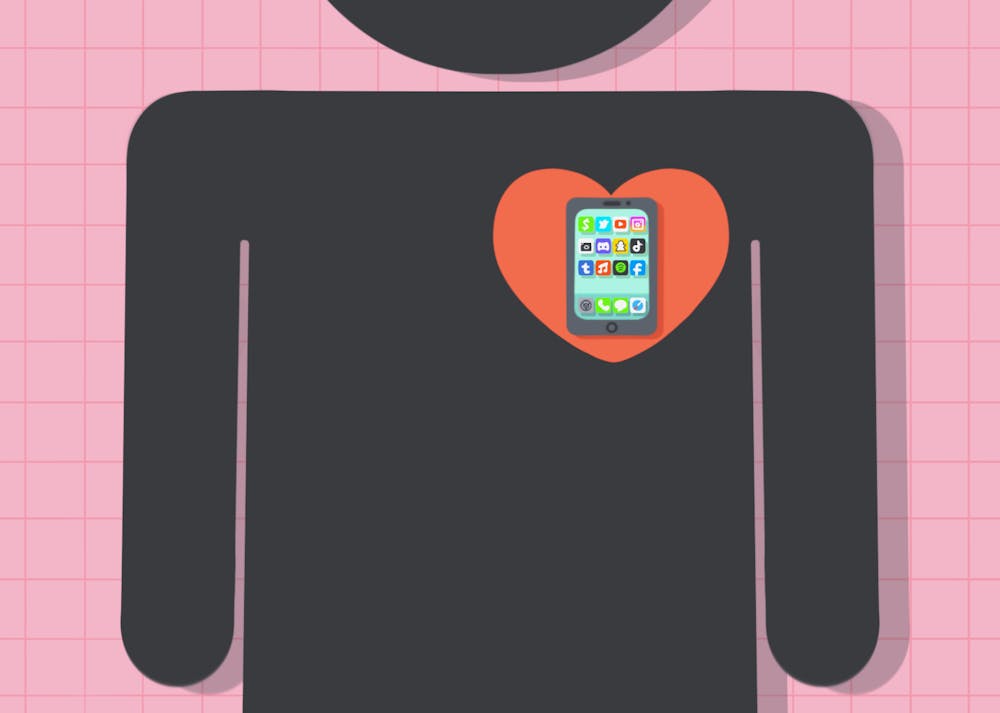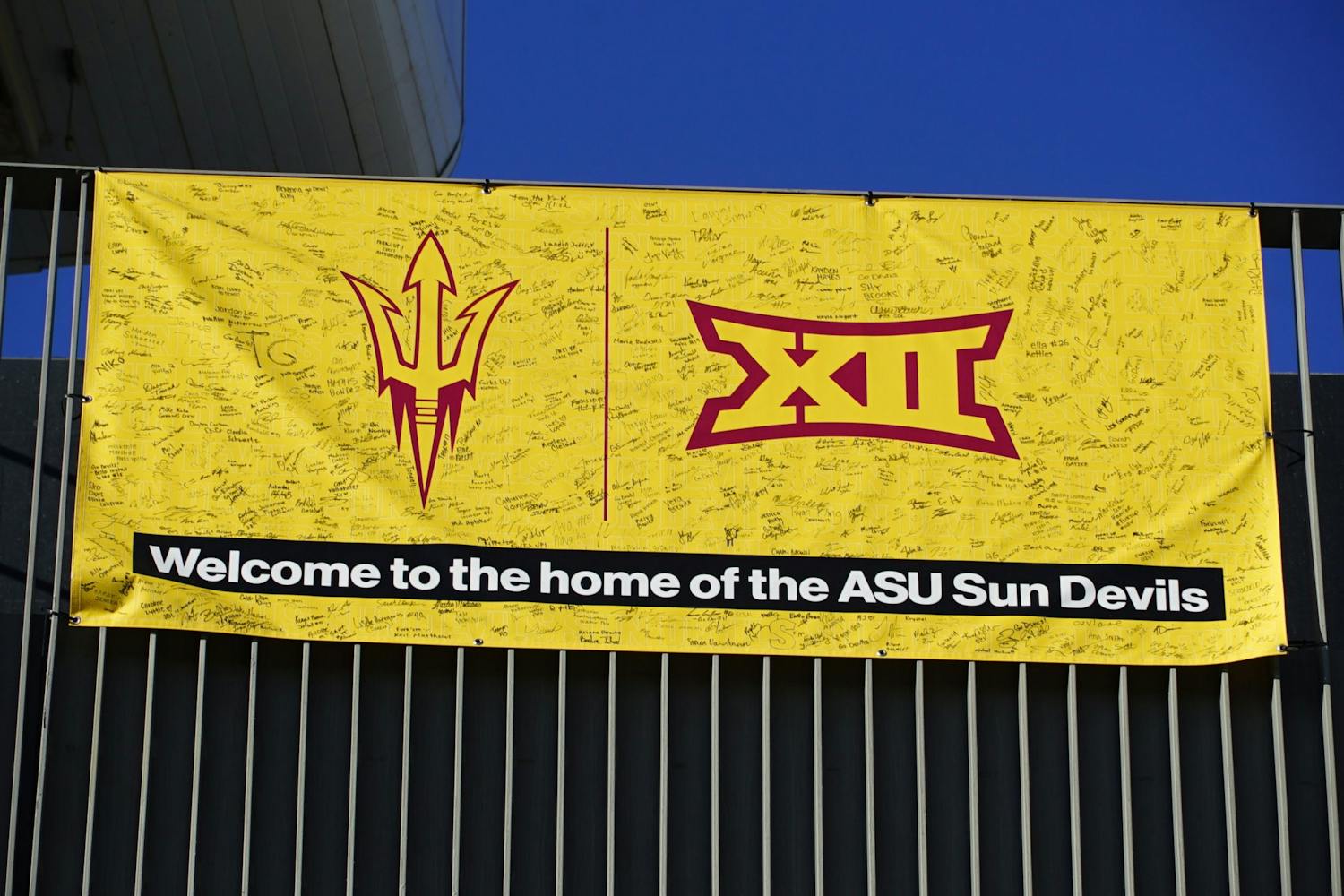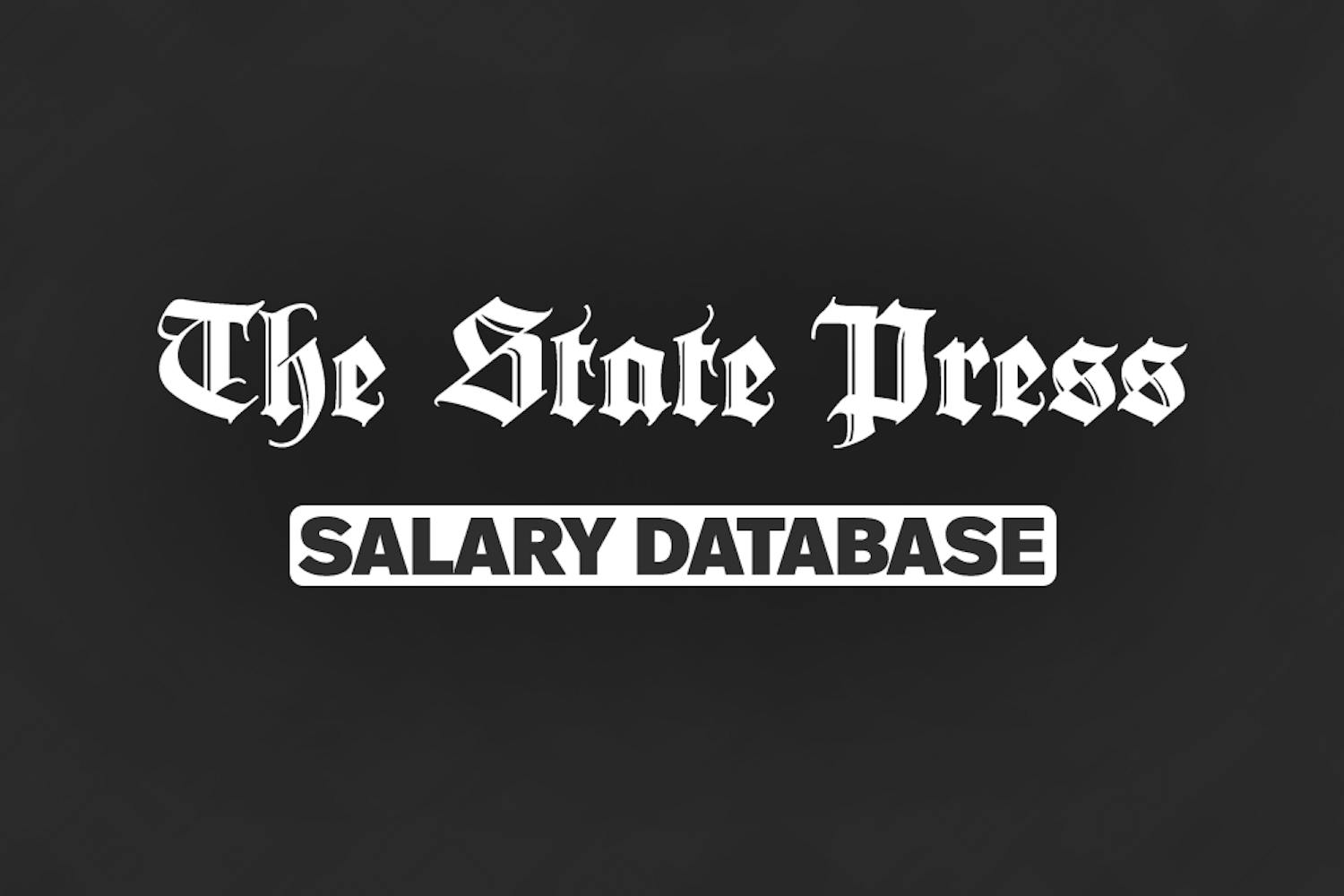Within the advances of social media lies a paradox.
Social networking apps like Twitter, TikTok or Instagram can help you to feel more connected to friends and loved ones who live far away. That being said, they can also bring about feelings of loneliness and isolation if you feel you are missing out on shared, in-person experiences.
Now that the pandemic has increased the physical space between friendships, some ASU students are grappling with this complicated relationship between social media and mental health.
Mareena Emran, a sophomore studying journalism and mass communication, is a former digital content creator at Buzzfeed.
She said her screen time can get up to 55 hours per week.
"It kind of comes in waves. It'll be three weeks of 'I love my phone!' and then a whole week of 'I can't stand my phone!'" Emran said.
Emran created content for Buzzfeed News' TikTok and Instagram accounts. She said the videos she worked on could take several hours to put together.
Despite finding new friends thanks to content creation, many of her long-lasting friendships were negatively affected due to her consistent social media usage.
"Although I was on social media more, a lot of my relationships with my friends were strained because I realized the amount of distance we had in between," Emran said.
Tyler Bender, a sophomore studying sports journalism, experienced the same feelings of distance between friendships due to social media. He said trying to keep up with people he met at ASU has been difficult.
"We've seen a lot of people during this time do the whole, 'Don't hit me up, I’m going off of social media for a bit,'" Bender said. "There were a lot of people I didn’t get to interact with."
Kaleigh Feuerstein, a senior studying marketing and management, is a social media correspondent for the W.P. Carey School of Business. She’s also a self-proclaimed social media addict, and said it had been easier to be dragged into what she calls "online rabbit holes" over the last year.
"You click on one tab and then next thing you know you’re reading an article about something else," she said. "Next thing you know, two hours have gone by and you haven’t done anything that feels productive."
And taking classes on a screen has made falling into these holes even worse.
"It’s definitely been a struggle to balance," Feuerstein said. "The fatigue of being completely online has resulted in burnout within my job, within my schoolwork, pretty much every aspect of my life."
According to an article by Steven Hickman, a clinical psychologist, when people start to be, "over-stimulated by extraneous data that we haven't had to process in the physical world, each new data point pushes us just a little bit farther away from the human-to-human connection that we all crave and appreciate."
Feuerstein said she tries to find balance with her mental health by spending more free time away from a screen, given her school and work life require she be glued to one.
"I've kind of reprioritized when I have to be on a screen versus when I don’t have to," she said. "I've tried to incorporate more time outside, reading a book, or playing an instrument."
Meanwhile, Emran — who has begun carving a career path in the world of social media — is grateful for the opportunities the medium has offered her.
"Social media is definitely a good place to start when it comes to making friends," she said. "My freshman year, I was very lonely. I feel like that was my fault because I didn’t take social media to my advantage."
When used appropriately, social media can help bridge the gap between social distances for college students.
"You never know what opportunities could come out of posting about your life," Emran said.
Reach the reporter at ghanevol@asu.edu and follow @GannonHanevold on Twitter.
Like The State Press on Facebook and follow @statepress on Twitter.
Continue supporting student journalism and donate to The State Press today.




